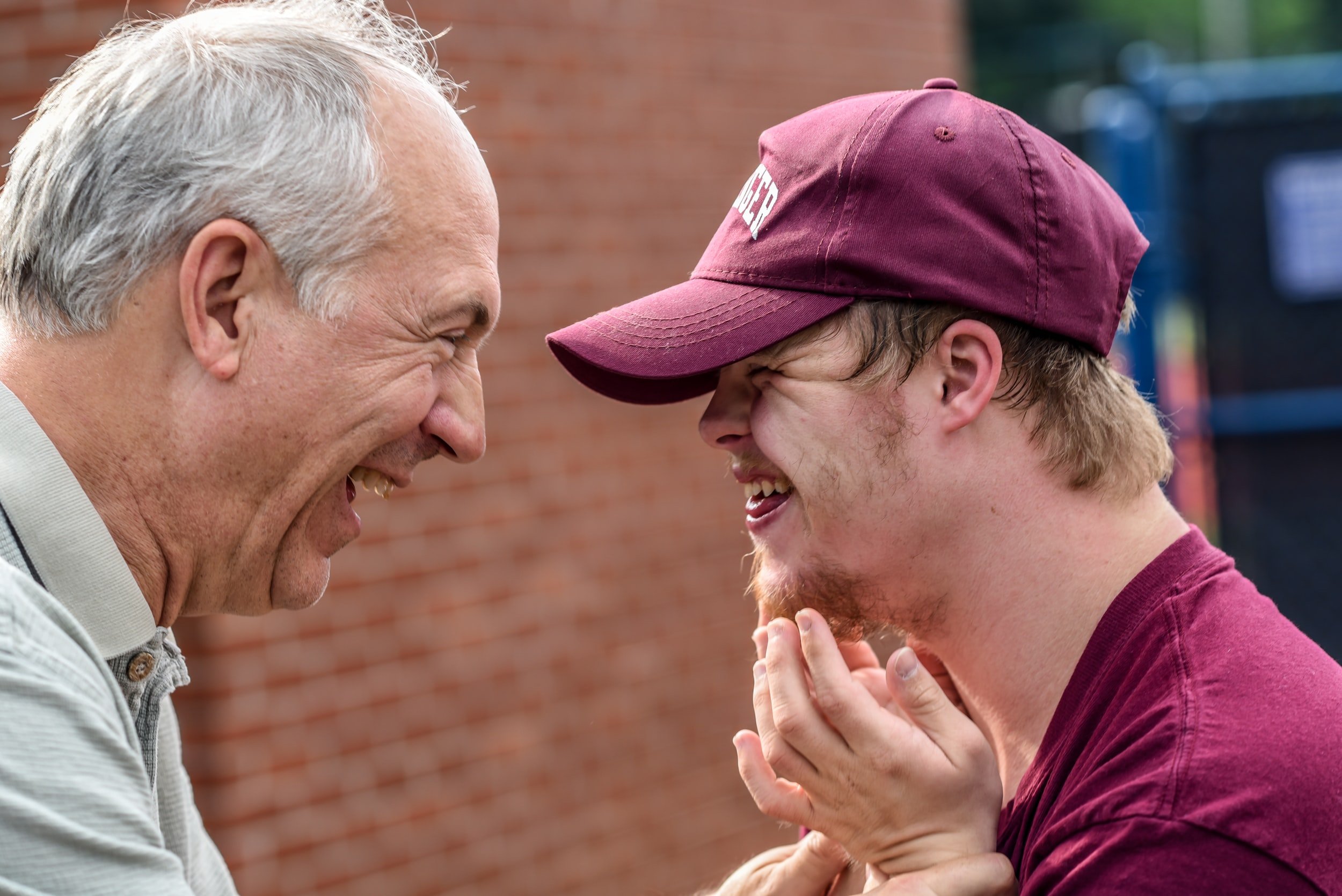
REFRAMING SOCIAL INCLUSION
Research Project
How might we determine the social inclusivity of our services?
A national disability service provider wished to determine levels of social inclusion that they were offering through their services to their key customers (clients) who were people living with a disability in supported housing. The research, synthesis and accompanying report of this project would help inform the providers strategic planning around their service delivery.
I was employed by a Sydney design agency to create a research strategy, run a research workshop, synthesize the findings into 12 design artefacts and write a report to present back to the client containing key insights and recommendations.
Provided expertise: research strategy | workshop design and facilitation | synthesis and design of 12 artefacts | research report
Research and Synthesis.
I designed and led a research workshop that was held with approximately 20 staff from the organisation to gather information about the clients they serve and their daily experiences.
In the workshop, I facilitated creative icebreakers, and then grouped participants into three small groups, each with a facilitator. The groups were invited to provide as much data as they could for one of three user types that they were assigned to them. They used empathy maps and a persona templates as frameworks for sharing data on their user types.
After the workshop, I went away and synthesized the data into 12 digital design artefacts including: Persona’s x3, Empathy Maps x3, User journeys x3, Inclusion charts x3 and a spider chart. 3 core insights were observed and written into a report along with key recommendations.
Synthesis.
The key finding was that social inclusion needs to be considered as a personal value alongside it’s traditional definition. Providers might unintentionally make participants feel less included without actually meaning to. For example, while a provider might score highly for ‘social inclusion’ if they take one of their clients to a large group social gathering, if the client themselves are only able to experience their sense of ‘social inclusion’ with one other person due to being socially anxious, then the provider has in fact failed to deliver on ‘social inclusion’. Therefore the clients’ uniquely personal and lived experience of ‘social inclusion’ needs to be further considered.
The insights pointed to the opportunity to further refine the framework that the organisation was using to measure ‘social inclusion’.
Unintended Outcomes.
Reports back from the client was that due to the creative facilitation I delivered, their employees felt more like a ‘team’ after the research workshop. Their staff described it as a highly memorable day. Consequently as a part of our shared efforts, the client engaged the agency I worked for with a further 6 month design contract.





